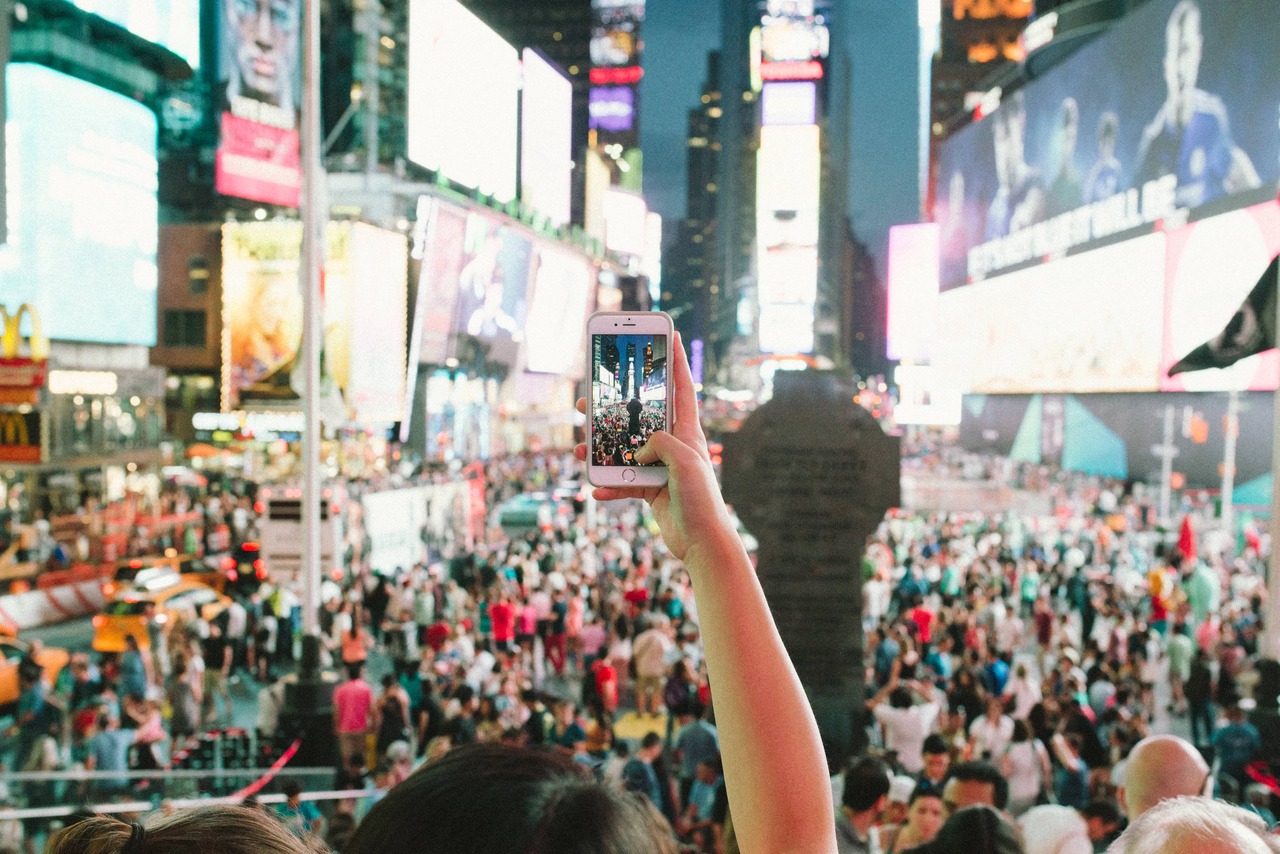How Public Agencies Need to Use Social Media to Get Respect, Not Hatred.
It can sometimes seem like Social Media is just one more facet for the public to dump on you and your team. Attacks at public meetings have never been pretty, yet what is often said online can make those meetings look like a love-fest by comparison!
Understandably, many public professionals shy away from posting anything to social media platforms as a result. The thing you need to remember is this… Social Media is just a tool! If you use it for its strengths, you can actually develop respect, credibility and appreciation… instead of more hatred.
1. Why Using Social Media for “Branding” is a Mistake in the Public-Sector
It’s tempting to look at how online “brands” create a Social Media presence and try to use it as a template for your organization. The problem is, you’re not like the mega-corporations and individuals using it to create or build a brand. Branding is a self-serving endeavor. Companies need to do it to set themselves apart.
Public agencies not only lack a brand, the professionals running them would be ill-advised to try to create a “brand”, when their only purpose is to serve the public.
Remember, it’s not as if the public can choose which U.S. Forest Service, state Department of Transportation, or local Department of Public Works they prefer over another. Those are the agencies here to serve all of us– like them or not. That’s why “branding” has no place in the public-sector’s use of Social Media.
2. What’s Posted Isn’t What Makes It Viral
You know not every cat or kid video goes viral, but do you know why?
Why did a video of woman in her car wearing a Chewbacca mask get millions of views, and the next one didn’t?
Not every salacious, witty, or insightful comment “trends” on Twitter, so what’s the common thread?
It’s not Google’s algorithm, some clever use of site SEO, or even the intention of the person who created the post.
As discussed in a past webinar on using Social Media, it’s not the post itself that makes the content go viral… The virility comes from what it elicits: emotion.
3. Leverage Viral Power for Your Team
Chances are, you already have an agency/project Facebook page, Twitter feed, or website (perhaps even several). So how do you tie the two (above) revelations together to put them to use for your team?
One way is to harness the virility of emotion. Of course, that doesn’t mean you want to elicit just any old emotion, (especially when hatred tends to flow freely these days!).
As the anti-government climate heats up, you certainly don’t want to evoke more anger, more frustration, or more hatred towards you, your team, or your proposals. (Using Social Media as a branding tool in the public-sector is likely to do just this!)
Something makes you get out of your comfy bed every morning and go to work. That same “thing” compels you to spend countless hours away from your home, your family, your hobbies.
Don’t tell me it’s for money.
Working in the public-sector is not going to make you rich. Yet here you are, dedicating your life to this work. Why?
Get to the essence of that “why” and use it as your guide in every Tweet, Facebook post, and video you upload.
Don’t fool yourself into thinking emotions have no place in public-sector work. You’re dead wrong if you do. Because like it or not– your work is steeped in emotion.
Emotions show up at your public hearings, Letters to the Editor, and the pages of every anti-government group online.
Using the same “why” that gets you out of bed every day to communicate out to your public through Social Media is the key.
You’ll know you have it right when the emotions you elicit will come with comments like “Thank God you’re there!” “Thank goodness you are willing to do this work!”
In two recent webinars, we covered this and much more (including: how to deal with Social Media mistakes, build your credibility online, and a 4-step recipe for each and every post):
– #82: Anti-Government Groups – Using Social Media in Public-Sector (Why You Should Give a Twit!)
– #75: Cracking the Code to Digital Engagement
We are here to help you get that “Thank Goodness You’re There” reaction from your public not just once in a while, but all the time.





